By Kathleen Barera
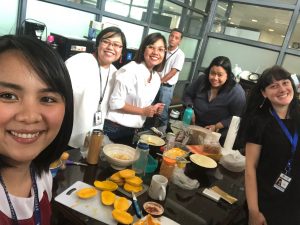
During my internship, especially throughout the second half, I was exposed to a diversity of human rights advocacy work. I participated in Ateneo Human Rights Center (AHRC)’s two-day certificate course on “Children’s Rights in Action: An Interdisciplinary Approach to Learning About Children’s Rights in the Philippines”, attended the Child Rights Network advocacy planning workshop on online sexual exploitation of children in the Philippines, prepared interview questions for and conducted interviews with government-appointed representatives on children’s rights to ASEAN mechanisms and representatives from children’s rights NGOs, and visited the Manila City Jail.
“Nothing About Us Without Us”

As a university-based human rights organization, human rights education is a vital aspect of AHRC’s advocacy work. The aim of the certificate course on children’s rights is not only to inspire collaboration among civil society and the government and private sectors to act in the interest of children’s rights, but also to ensure children are included as active participants in issues directly affecting them. There were a range of speakers, including from UNICEF and Save the Children, as well as a child- and youth-led panel on children’s participation, “nothing about us without us”, from ChildTALK and ChildTAP participants whom were child rights advocates as children. The former is an AHRC program in which children teach and learn with other children about their rights and children’s participation, and the latter is one in which children teach adults on the same. After all, children cannot be voiceless and excluded in the battle for their own rights. They are agents of their own lives and this has to be recognized to enact any meaningful change. The importance of empathy, thoughtfulness, change, creativity, child-friendly language, and learning by doing when including children as participants were some of the highlights from their inspiring panel.
Advocacy, it’s More Than Just Lip Service

Advocacy planning is another aspect of AHRC’s human rights advocacy work that I had the opportunity to experience firsthand. At the Child Rights Network advocacy planning workshop on online sexual exploitation of children in the Philippines, one of their three priority advocacy areas on children’s rights in the Philippines, I was surrounded by representatives from prominent children’s rights NGOs, including UNICEF, Save the Children, Plan International, Child Fund, and more. As stated in the workshop’s introductory remarks, advocacy extends beyond mere lip service; it is about real action in practice. Witnessing various human rights advocates in one room disseminating their organizations’ key findings on studies undertaken on the online sexual exploitation of children in the Philippines, and putting their minds together and gathering all their efforts to come up with a unified advocacy plan was inspiring. It really proved the initial statement that advocacy is more than just talking the talk, but that it’s about walking the walk. To be a human rights advocate means to take action to deliver on words spoken, or else, what’s the point?
Research Project Phase 2: Interview-Time
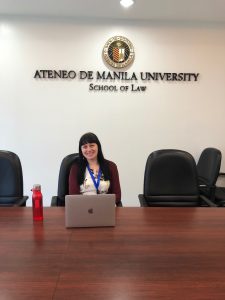
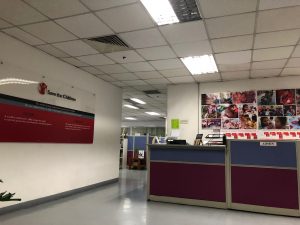
As part of the second phase of my research project on common children’s rights issues across the ASEAN, I directly interacted and engaged with government and civil society actors. I prepared interview questions for the respective representatives on children’s rights to the ASEAN Commission for the Promotion and Protection of the Rights of Women and Children (ACWC) and civil society organization representatives with expertise on children’s rights in ASEAN. The information gaps were the basis for the formulation of questions and in deciding whom to interview. This is a very important aspect of the project, without which the project would not be complete. While I wasn’t able to interview everyone that I had in mind as a result of scheduling issues and time constraints, I interviewed the ACWC representatives on children from three ASEAN member-states, namely the Philippines, Indonesia, and Malaysia, and from two civil society organizations, namely Save the Children Philippines and the ASEAN Foundation. These were conducted either in person, via WhatsApp video calls, or through email exchange.
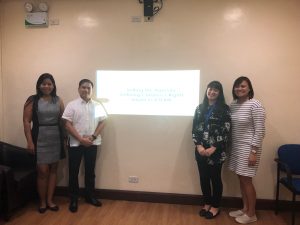
Manila City Jail Visit

I was invited by the AHRC to join the Humanitarian Legal Assistance Foundation, an NGO dedicated to protect persons deprived of liberty, especially the most vulnerable groups, in their Manila City Jail visit. Even though the jail has in place many programs to help persons deprived of liberty, the conditions were shocking. For instance, the kitchen was not only unhygienic, but there were two prisoners preparing rice for the 5000 other prisoners, and they do so three times a day. Moreover, prisoners survive on 70 pesos per day for three meals (less than 2$CAD). Most obviously, congestion issues (4 prisoners occupying the space for 1), especially resulting from the war on drugs, as most prisoners (73%) are imprisoned for drug-related offences, is especially problematic. In fact, drug offenders are more prone to congestion since the way the jail is classified is that drug offenders, whom make up the majority of prisoners, are assigned to the South side of the prison, whereas non-drug offenders are assigned to the North side. While the prisoners can admittedly roam free during the day, the question is, how do they sleep at night?
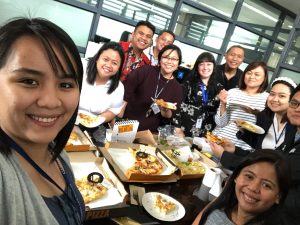
As my internship came to its end, I felt unprepared and sad to leave. I had become accustomed to the charms of Manila life, and equally became very attached to my work, the AHRC, and all my colleagues. Now, it’s already been over a week since my arrival back to Montreal, and I can only look back with much gratitude at how much I was able to learn and experience.

